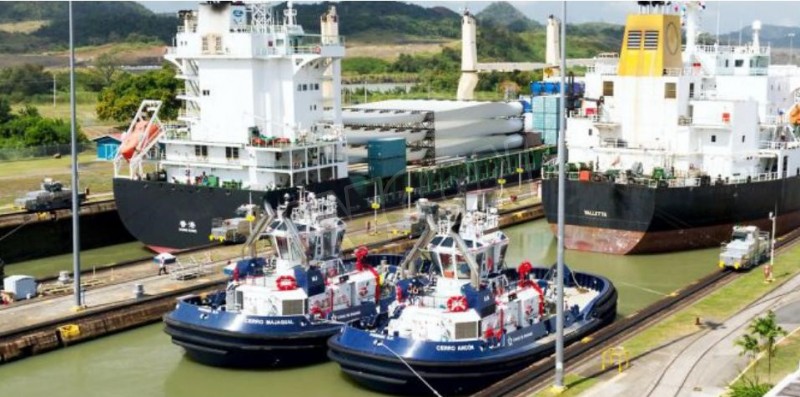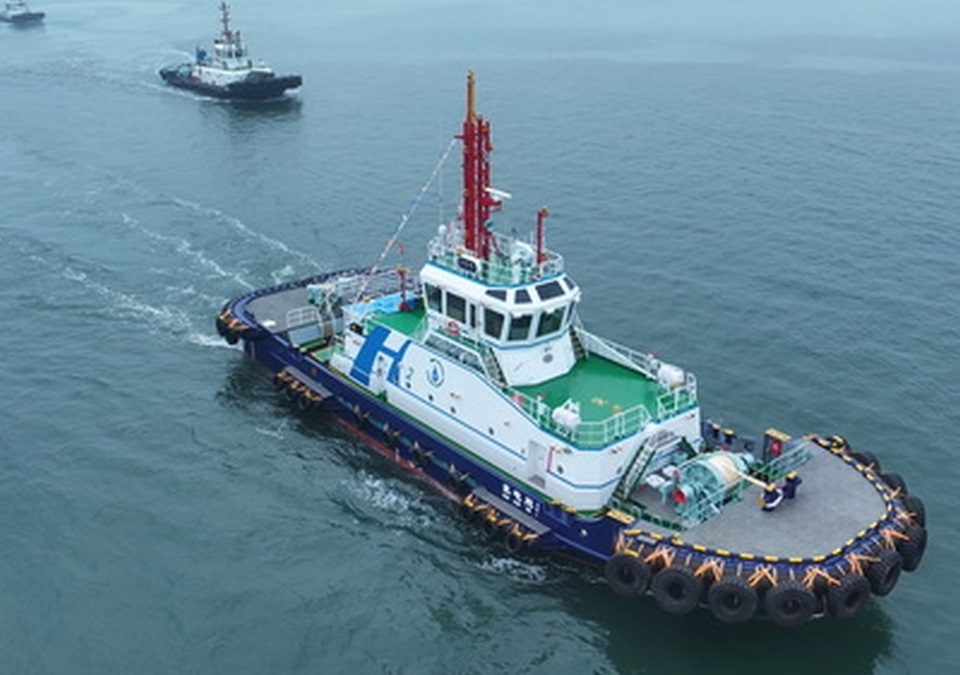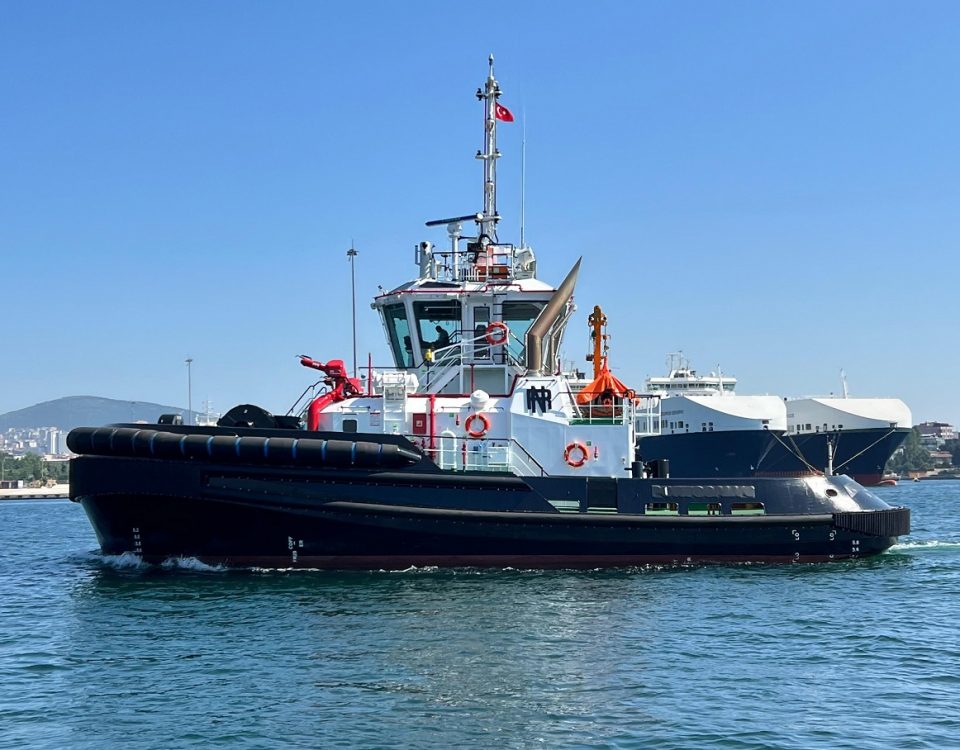This website uses cookies so that we can provide you with the best user experience possible. Cookie information is stored in your browser and performs functions such as recognising you when you return to our website and helping our team to understand which sections of the website you find most interesting and useful.
Panama Canal Authority orders 10 newbuild tugs
Panama Canal Authority has ordered 10 tugs from a major southern European shipbuilder with options for another 10 similar vessels
The US$150M contract for the first 10 tugs was agreed at the end of October as the canal authority seeks to enhance its shiphandling capabilities and modernise its fleet.
Sources at a major shipping exhibition in the Netherlands told Riviera Maritime Media that Astilleros Armón won this multi-tug newbuilding contract, beating competition from Turkish shipyards and a global tug building group.
For the firm contract, 10 tugboats with 70 tonnes of bollard pull will be manufactured in Navia, Spain, for US$15M each on average. These 30-m tugs could have hybrid-electric propulsion to reduce emissions from ship towage and while docking in Panama’s ports and through the canal.
If the newbuild options are taken up, then the contract is set to jump to US$315M, with each tug costing on average US$16.5M.
Armón previously built 14 tractor-type tugboats with 70 tonnes of bollard pull and an overall length of 30 m, contracted in October 2011, and valued at US$158M at the time.
The Panama Canal expansion has resulted in larger container ships, LNG carriers, cruise ships, tankers and dry bulk carriers using the shipping shortcut between the Pacific and Caribbean – requiring the services of more powerful tugboats and pilot vessels.
Armón, a leading shipyard in Spain, has manufacturing facilities in Navia, Puerto de Vega, Jarrio, Gijón, Burela and two in Vigo.
During the Europort exhibition in Rotterdam, the Netherlands, one of the shipbuilding group’s senior executives said these shipyards are currently building research ships for authorities, research groups and commercial operators based in Iceland, the Netherlands, Poland, Portugal and Spain and ferries for owners in France, Italy and Spain. This includes a new LNG dual-fuel passenger and vessel ferry for a Spanish operator.
(Source: Riviera by Martyn Wingrove)







